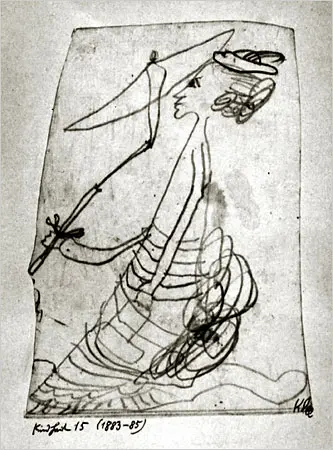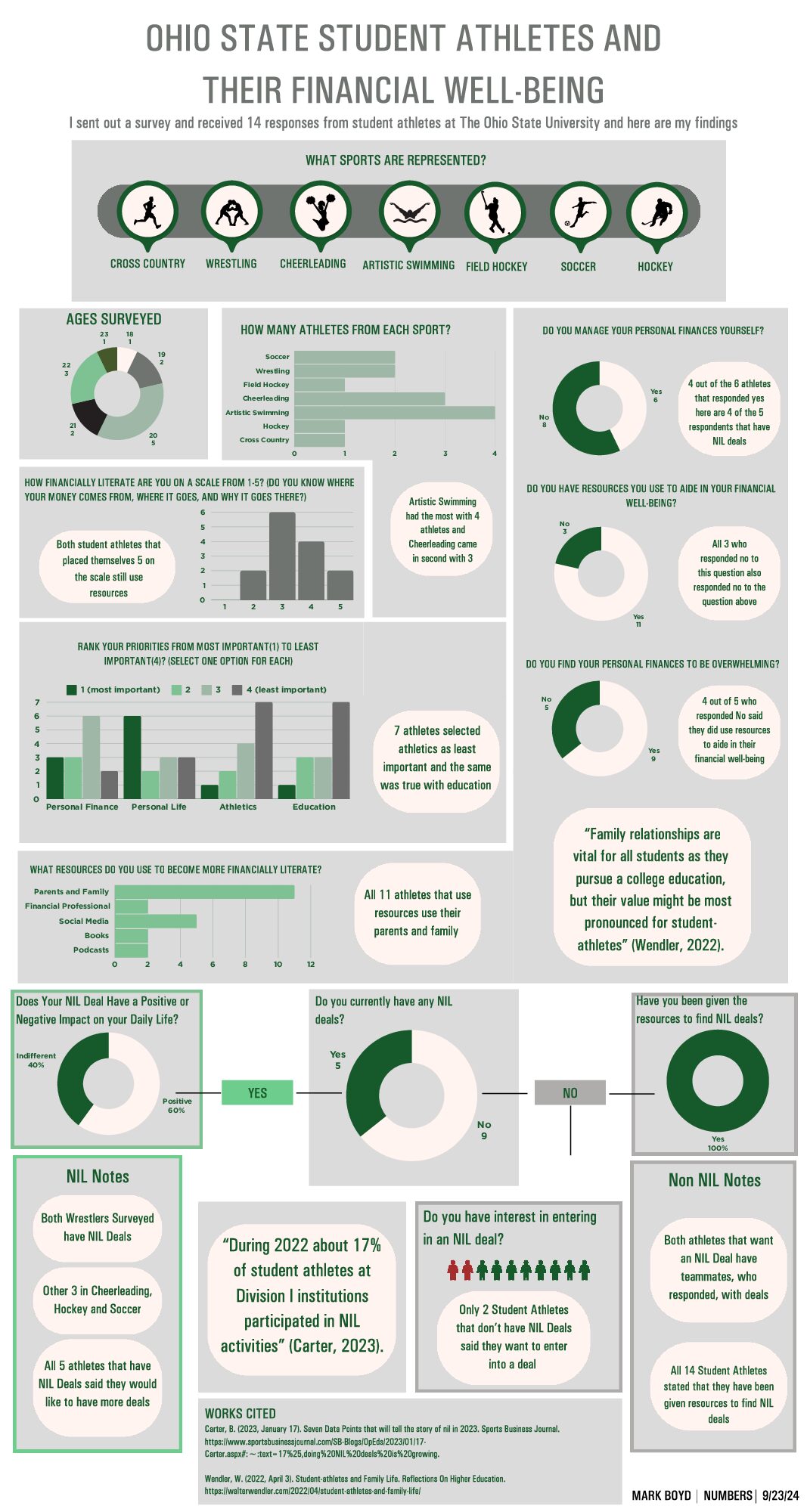
WHEN Paul Klee laboriously copied a mountain landscape by his 12-year-old son, Felix, into his own 1920 painting “Untitled (Tent City in the Mountains),” he paid tribute to the vitality and inventiveness of childhood, a source of creativity celebrated at least since Rousseau. His homage put him squarely in a modernist tradition that sought refuge from academic constraints in the somewhat mythical paradise of an untrained eye that sees the world afresh, a childlike hand still unshackled by habit and skill.
Decades earlier, when Klee had just finished his art studies, he discovered a cache of his own childhood drawings. He described them, in a 1902 letter to his fiancée, as “the most significant” ones he had yet made. Three of those drawings are included in “When We Were Young: New Perspectives on the Art of the Child,” an exhibition opening this weekend at the Phillips Collection in Washington.
The Klee drawings in the show certainly bear him out. Made when Klee was 4 to 6, “Woman With Parasol” (1883-5), a figure whose dignity is only slightly compromised by her delightfully bent umbrella, anticipates the delicacy and eccentricity of his later drawings, including “Dwarf and Mask” (1926), which hangs nearby.
Is that because, as William Wordsworth wrote, “the child is father of the man,” or is it because Klee spent so much of his career striving to recapture the qualities he found in these early works? “Dwarf and Mask” may also be seen as his commentary on adulthood: that is what an adult is, he seems to say, compared with that giant of authenticity, the Child.
Notes
When I read this article it reminded me of the exhibition about Paul’s Klee life and career I saw in Rio in 2019, and also about a documentary I saw in undergrad school about Picasso and how he said how it was important to him to paint like a child. In Paul Klee’s exhibition what intrigued me the most were his original drawings from when he was a child and how they influenced one of the most prestigious phases of his career. I agree in parts with William Wordsworth’s sentence “he child is the father of the man”, but not in the connotation of magic talent interpretation it may lead to. How do encouragement, experiences, and the environment one lives in influence in the process of creative children becoming creative and successful adults? How the way kids think, draw, imagine, dream, and communicate can teach adults who maybe didn’t have the opportunity to be creative while they were growing up?
Reference
Camhi, L. (2006, Jun 18). When Picasso and Klee Were Very Young: The Art of Childhood. The New York Times. https://www.nytimes.com/2006/06/18/arts/design/18camhi.html



